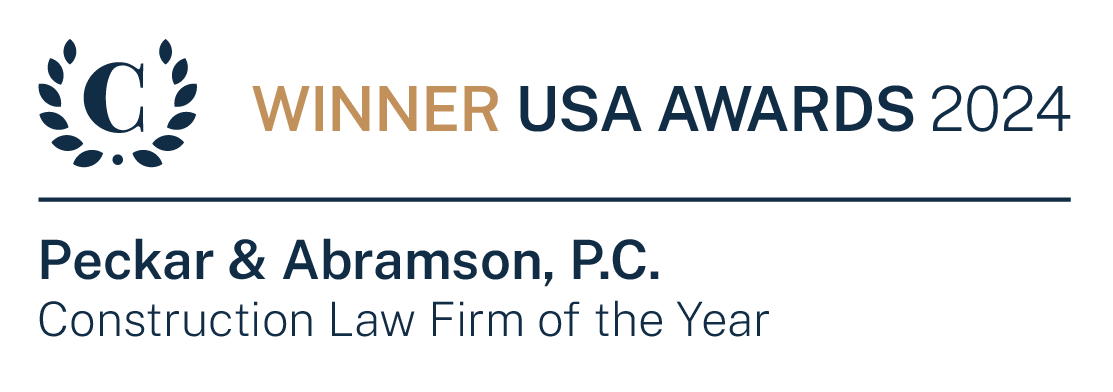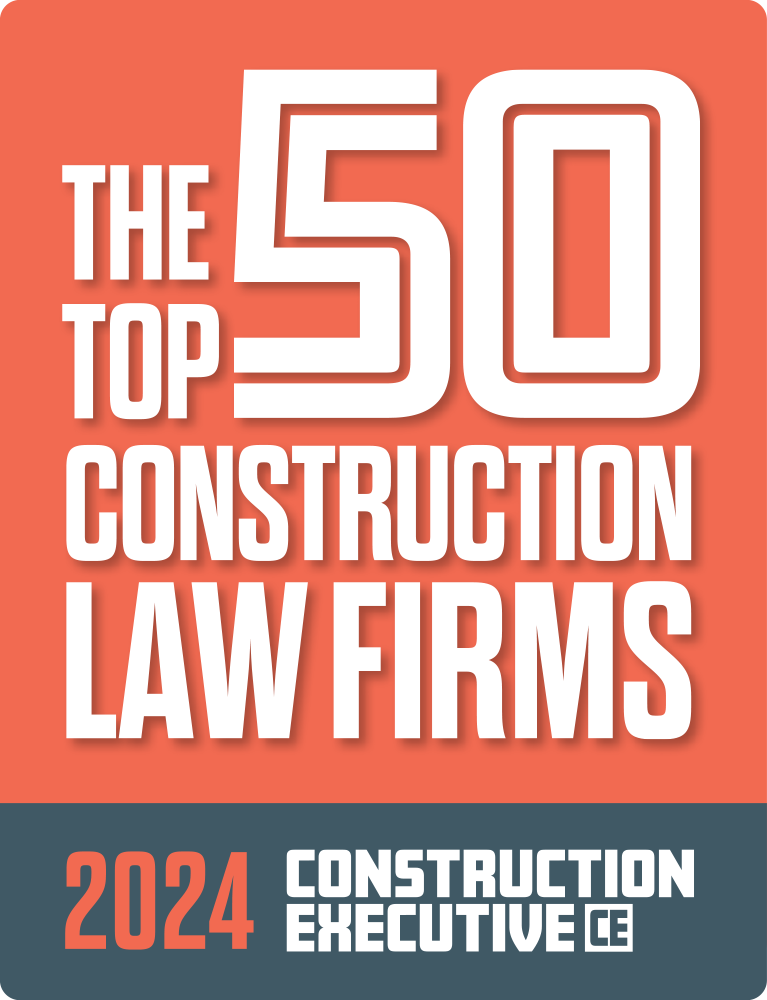Client Alerts & Publications
EEOC Focuses on Eliminating Harassment, Recruitment and Hiring Barriers in the Construction Industry
Authors: Aaron C. Schlesinger, Stephen E. Irving,
Published Date: July 11, 2024
The Equal Employment Opportunity Commission (EEOC), whose mission is to enforce the nation’s anti-discrimination laws, released new guidelines on June 18, 2024, entitled Promising Practices for Preventing Harassment in the Construction Industry. The guidelines are in support of its Strategic Enforcement Plan for the fiscal years 2024-2028 for combatting systemic harassment and eliminating barriers in recruitment and hiring in the construction industry. With these guidelines, the EEOC has identified harassment as an ongoing issue in the construction industry, and that immediate attention and resolution is required.
The EEOC specifically recommends that the following five core principles that it has found effective in preventing and addressing harassment be implemented by construction industry employers:
- Committed and engaged leadership;
- Consistent and demonstrated accountability;
- Strong and comprehensive harassment policies;
- Trusted and accessible complaint procedures; and
- Regular, interactive training tailored to the audience and the organization.
The EEOC defines each of the core principles as follows.
A. Leadership and Accountability
The leadership and accountability core principles are based on the concept that the cornerstone of a successful harassment prevention strategy is leadership’s consistent and demonstrated commitment to create and maintain a culture in which harassment is not acceptable. Worksite leaders—from the project owner to crew leaders to union stewards—should clearly, frequently, and unequivocally message and demonstrate that harassment is prohibited.
B. Strong and Comprehensive Harassment Policies
A comprehensive, clear policy against harassment sets forth the behaviors that are unacceptable in the workplace, the procedures workers are encouraged to follow when reporting harassment, and the steps that the employer will follow when responding to complaints or reports of harassment.
C. Trusted and Accessible Complaint Procedure
In the construction context, the complexity of the multiple employer/entity environment introduces challenges to traditional reporting structures, but also presents opportunities to turn multiple channels into a “no wrong door” environment. While each onsite employer should have its own complaint system, the general contractor may also wish to coordinate supplemental channels that are available to workers regardless of their employer of record. Additionally, registered apprentices should be able to report harassment to their program sponsor.
An effective harassment complaint system welcomes questions, concerns, and complaints; encourages employees to report potentially problematic conduct early; treats alleged targets of harassment, complainants, witnesses, alleged harassers, and others with respect; operates promptly, thoroughly, and impartially; and imposes appropriate consequences for harassment or related misconduct, such as retaliation.
D. Effective Harassment Training
The EEOC determined that regular, interactive, and comprehensive training of all workers on a construction site can help ensure that the workforce understands applicable rules, policies, procedures, and expectations, as well as the consequences of misconduct. Training should be provided in a clear, easy to understand style in all languages that onsite workers commonly use.
Employers are encouraged to consult with qualified counsel knowledgeable in this area of law to assist in creating a policy that complies with the above five core principles.
If you have any questions, please feel free to reach out to Aaron C. Schlesinger, Esq. at aschlesinger@pecklaw.com or (973) 886-8292 or Stephen E. Irving at sirving@pecklaw.com or (281) 610-1533.










